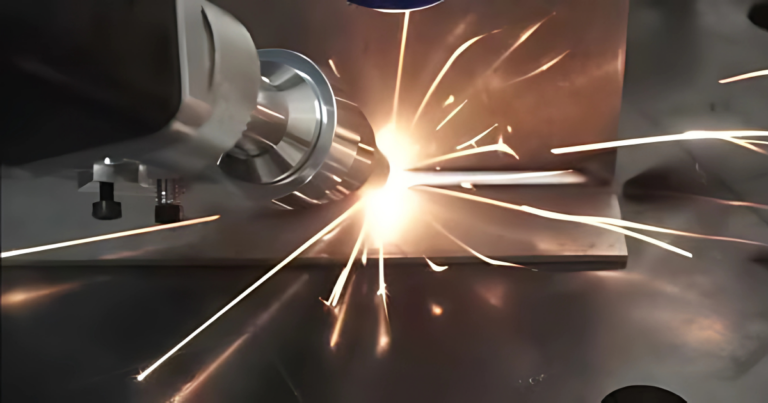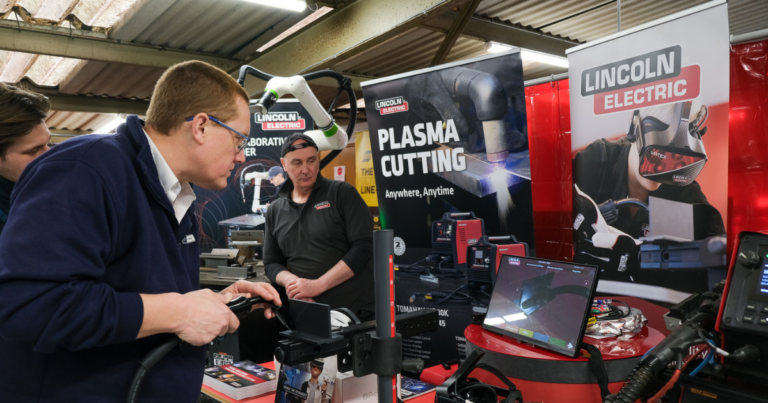Women in Welding History: The “shipyard girls” of WW2
By mid-1943, almost ’90 per cent of single women and 80 per cent of married women were working in factories, on the land or in the armed forces, filling vital roles while men were required to go to war (www.gov.uk). These jobs included women stepping into positions that had never been available to them before – such were the traditions at the time, becoming engineers, ship builders, working in factories making aircraft parts and producing munitions.
Some of the roles, like welding, came after quick training but required long, labour intensive shifts throughout the night, such as on the ship building yards. Other women undertook difficult and dangerous roles carried out with little safety equipment or PPE, all the while under the threat of air raids. One standout fact when reading into the history of women at this time, is the strong sense of duty and camaraderie shared with fellow workers, often forging unbreakable friendships that would see them through the hardships they faced on a daily basis.
Nancy Revell’s, ‘The Shipyard Girls’ series of books explores the subject of women on the home-front during WW2. Born into a family of shipbuilders in Sunderland, Nancy was struck by what she found during her research; the black and white images of women on overalls, welding masks and gloves, stepping into new roles such as welding and riveting, but at the same time forging strong friendships with their workmates.
Despite the lack of historical recognition many of these woman received for their role in the war effort, it’s impossible not to be impressed with how they stepped away from their previous lives into what were at the time considered jobs for men, creating a shift in the perceptions of women workers and forever changing the world of work for women.
Fast forward to today, women are actively encouraged to look at opportunities within the fields of Science, Technology, Engineering and Mathematics (STEM), with exposure to these avenues starting from a young age in schools. Supporting learning and encouraging participation provides all the right ingredients for those interested in STEM activities to hopefully pursue a career in this field.






